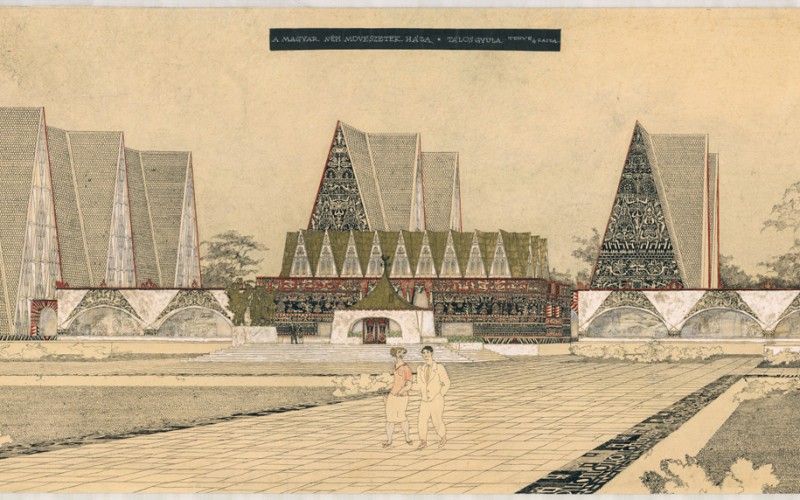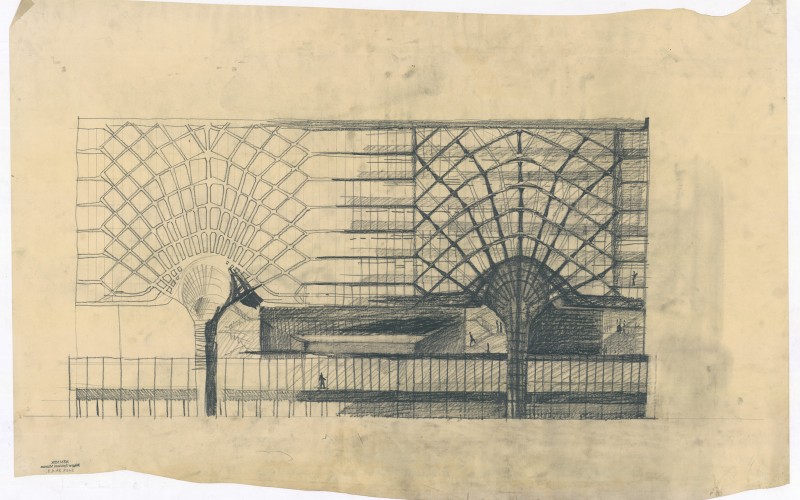What would the Danube Embankment look like with high-rise buildings? What would a French skyscraper look like next to the Budapest Arena? What was the vision of the capital’s metro lines like in the 1950s? What would the world’s largest synagogue situated in Budapest’s Újlipótváros district look like?
The exhibition ‘Unbuilt Budapest. Designs, dreams and visions from 150 years of the capital’s architecture’ opens the doors of architectural imagination: it presents a wide range of ideas from the past century and a half, with the help of photographs, original plans, reproductions and models. The common denominator is that they were all made for the Hungarian capital and all remained on paper. Yet they cannot be considered useless: they accurately reflect the social, cultural and economic conditions, political opportunities and architectural quality of their time.
With the help of over 170 thought-provoking plans, maquettes, photos and videos, the exhibition offers an intriguing perspective of what the Hungarian capital might have looked like if history took another course. Although none of the plans presented in the scope of this exhibition were ever realised, they are not in fact useless even today: these plans accurately reflect those social, cultural and economic conditions, political opportunities of manoeuvring and architectural qualities that characterised their time.
Selecting mainly from the own collection of the Hungarian Museum of Architecture and Monument Protection Documentation Center, the curator, Dániel Kovács presents the following designs at this exhibition, among other works: the utopian visions of Gyula Tálos, a moving railway station by Mária Istvánffy, plans of skyscrapers by Hugó Gregersen, and the beautiful drawings of the Regnum Marianum monument (which commemorates a Catholic church that was torn down in the Communist era to give way to a statue of Stalin) by the recently deceased Tamás Nagy.
The installation of the exhibition was designed by Focus Design & Development with sustainability in mind. The installation is a re-use of a modular system developed for last year's exhibition. It is complemented by a view of Budapest from the observation deck of a skyscraper that was never built.
The exhibition will be open from 16 November 2023 to 11 February 2024 at the Pesti Vigadó (V. Budapest, Vigadó tér 2). Regular ticket price is 1.000 HUF.






